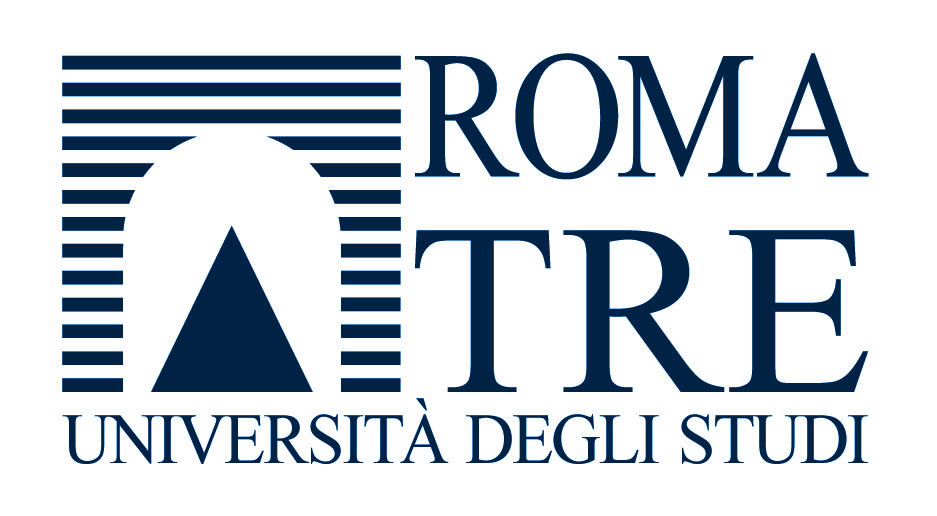|
Teacher
|
CALIANO GIOSUE'
(syllabus)
General concepts.
Lumped parameter circuits. Circuit components. Voltage and current. Power and energy. User and generator conventions. Active and passive components. Kirchhoff's laws. Resistive circuits in steady-state conditions. Resistors. Independent voltage and current sources. Series and parallel components. Voltage and current dividers. Source transformations. Millman's formulas. Resistive double two-ports: R and G parameters, hybrid parameters, transmission parameters, relationships between parameters, star-delta transformation, dependent sources, ideal transformer. Elements of graph theory. General analysis methods: node voltage methods and mesh current methods. Loop method. Circuit theorems: substitution theorem, superposition principle, Thévenin and Norton theorems, non-amplification property, reciprocity theorem. Capacitors. Inductors. Coupled inductors. Circuits in sinusoidal steady state. Symbolic-phasor method. Impedance and admittance. Circuit analysis using the symbolic method. Power in sinusoidal steady state: active, reactive, and apparent power. Complex power. Effective values. Power factor correction. Maximum active power transfer. Three-phase systems. Star and delta generators and loads, symmetric and balanced systems, asymmetric and unbalanced systems, power in three-phase systems, power factor correction of a three-phase load. Transformer. Operating principle, dissipative phenomena, internal equations, equivalent circuit, open-circuit and short-circuit tests, efficiency.
In-depth topics and applications.
Electrical installations: Standards. Electrical demand and types of electrical loads. Grounding system and emergency power supplies. Protection devices: circuit breakers, residual current devices, relays, fuses, contactors, disconnectors. Electrical safety elements: Conventional low-voltage safety curve and effects of current on the human body. Direct and indirect contacts and related protections with and without power interruption. Low-voltage distribution systems: TT, TN, IT. Electrical conductors and protection devices: Sizing of electrical conductors: insulation integrity, current-carrying capacity, and voltage drop. Electrical installations in construction sites. Example of an industrial electrical system design. Photovoltaic systems: The role of photovoltaics in the energy transition. Types of systems. Photovoltaic modules, inverters, and photovoltaic generators. Solar irradiation and producibility. Economic analyses.
Exercises.
Solved problems for each part of the theory.
(reference books)
Reference Texts:
G. Rizzoni. Elettrotecnica – Principi e applicazioni, McGraw Hill
R. Perfetti. Circuiti elettrici, Zanichelli
Exercises Texts:
F. Grimaccia e altri. Elettrotecnica – Esercizi e temi d’esame svolti, Società Editrice Esculapio
Supplementary Texts:
A. Losi e G. Casolino. Progettazione degli impianti elettrici di bassa tensione, Pearson
V. Carrescia. Fondamenti di sicurezza elettrica, Edizioni TNE
Guide blu numero 1 - Edifici civili, numero 2 – Strutture commerciali, numero 3 – Cantieri edili, numero 5 –piccola industria, Edizioni TNE
V. Bearzi. Manuale di Energia Solare, Tecniche Nuove
|
 Università Roma Tre
Università Roma Tre